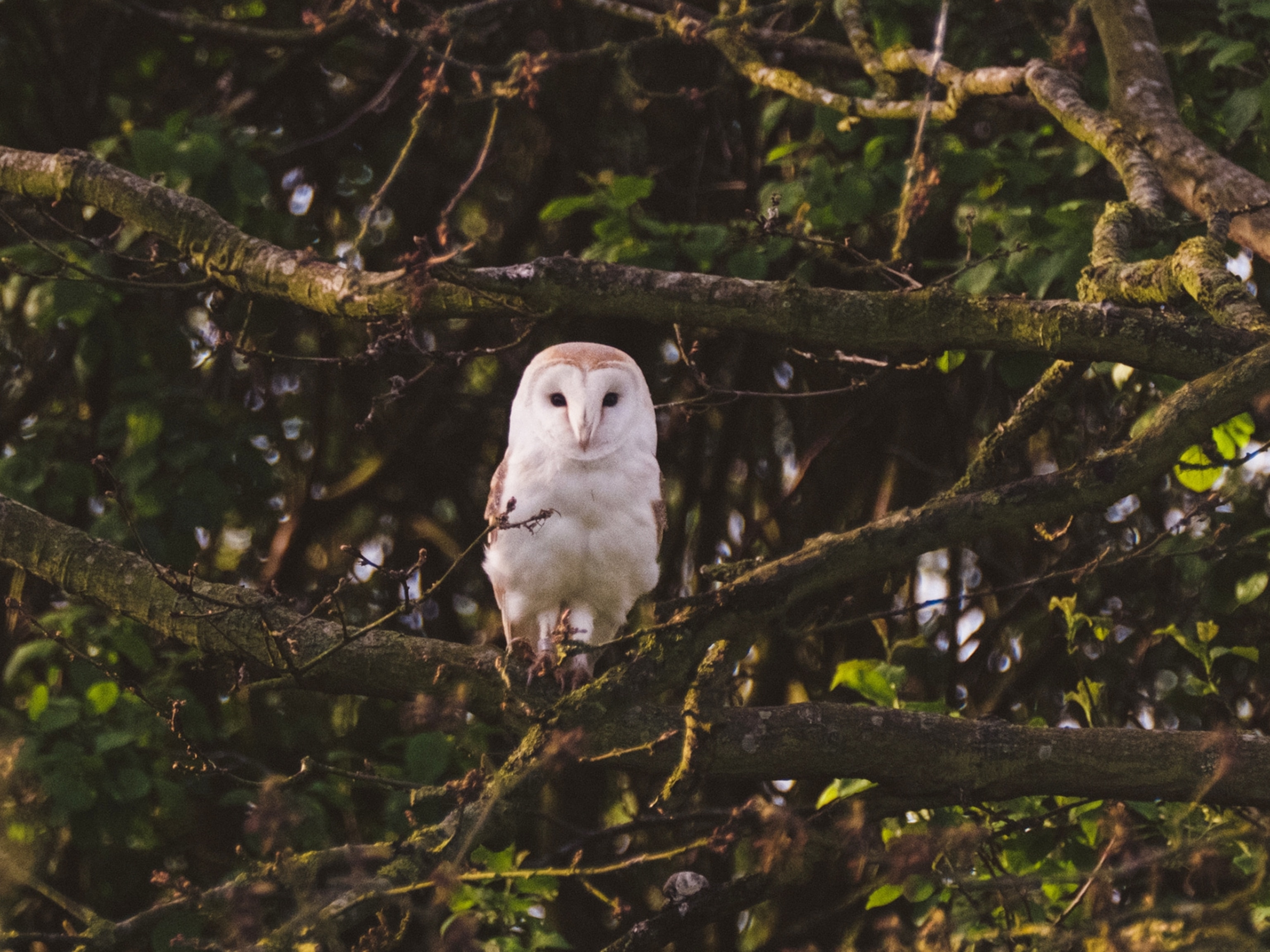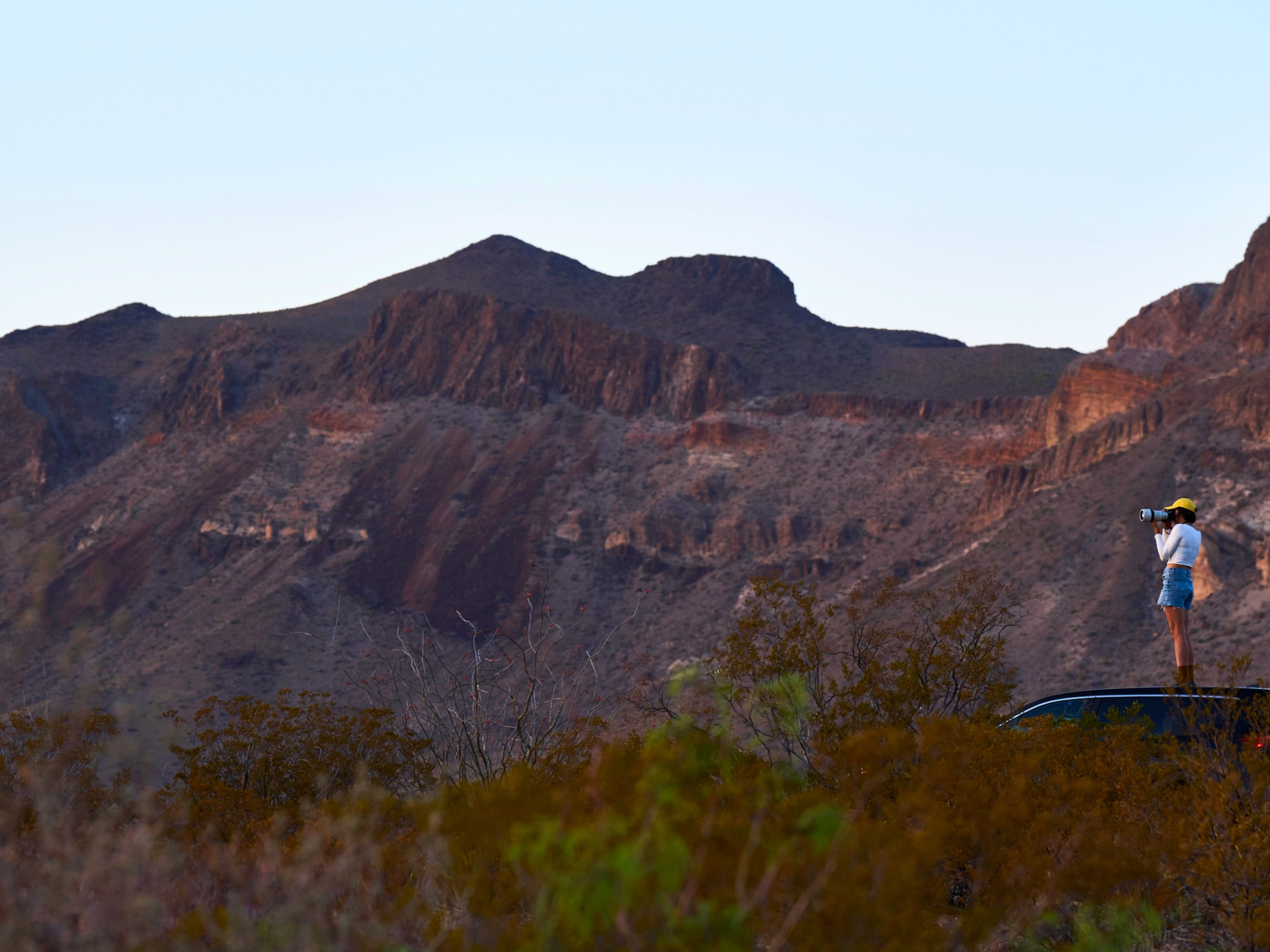
It was a toxic wasteland. Now it’s a national park.
After a $50 million cleanup, flowers and wildlife replace chemicals and rusting cars in one corner of Ohio’s Cuyahoga Valley National Park.
A junkyard that once held rusting cars and thousands of barrels of oozing toxic chemicals just got added to a national park. The former Krejci dump, a 45-acre parcel that operated from 1948 to 1980, opened to the public in December as part of a 200-acre addition to Cuyahoga Valley National Park, a 33,000-acre swath that winds between Cleveland and Akron, Ohio.
Over the past 16 years, this corner of land near the Cuyahoga River was transformed from a Superfund site into a wetland teeming with birds and plants. It’s the most extensive and expensive of the hundreds of ongoing reclamation and rehabilitation projects overseen by the National Park Service (NPS).
(A Century of Controversy, Accidents in West Virginia’s Chemical Valley in Lead-up to Spill)
Their work turns toxic zones—left behind after coal mining, oil drilling, or hazardous waste dumping—into safe, enjoyable outdoor oases. “Virtually every national park within the system has a contaminated site,” says Veronica Dickerson, a manager at the National Park Service’s Environmental Compliance and Cleanup Division. “People think of bugs, bunnies, and beautiful scenery associated with national parks, but I manage 13 of the messiest projects in the park service.”
Millions of people visit the varied and stunning landscapes of the NPS each year. Few realize that many parks didn’t start out as pristine wilderness. The Grand Canyon once held a uranium mine on its south rim; copper and arsenic extraction sites used to pollute what’s now Joshua Tree National Park. National parks are growing, evolving landscapes that, over time, have been given or acquired new parcels that required remediation.
Today, Cuyahoga Valley National Park’s new acres offer travelers a chance to dip into a revived natural space. Here’s how it went from a wreck to an environmental triumph.
Pollution inspires a movement—and an Ohio park
After the polluted Cuyahoga River caught fire for the 13th time on June 22, 1969, magazines including Time and National Geographic ran articles and photos detailing the area’s ecological crisis. The national outrage that followed catapulted Cleveland to the center of America’s new environmental movement, helping to create the Environmental Protection Agency in 1970 and to pass The Clean Water Act of 1972.

The Clean Water Act inspired both governmental agencies and volunteer groups to clean out waterways across the U.S. It also spurred the creation of the 33,000-acre Cuyahoga National Recreation Area, which the NPS designated in 1974 to protect and restore one quarter of the length of the Cuyahoga River. It was named a national park in 2000.
(Learn why rivers such as the Amazon are now recognized as people.)
The NPS continues to purchase private land adjacent to national parks and recreation areas, removing manmade structures and environmental hazards with the goal of restoring areas to their natural states. That’s what it did in 1985 in the Cuyahoga National Recreation Area, when it acquired the Krejci salvage yard, which had been operated by John Krejci. Sr., and his family for more than 30 years.
From Superfund site to wetlands
An Environmental Protection Agency study found that the Krejci dump was contaminated with toxic and hazardous waste including PCBs, benzene, cadmium, and lead.
The U.S. government filed a “Superfund” lawsuit in 1997, a legal action that can hold polluters financially responsible. Fences, signs, and barricades went up, and the long process of reversing the damage began.

(Discover why tour boats might save Mexico City’s fabled wetlands.)
“The river here was dead. Not like just a few fish, but no fish. It had zero oxygen in places,” says Chris Davis, a plant ecologist for Cuyahoga Valley National Park. “Krejci was a ‘biological desert,’ meaning almost nothing could live in the area.”
The EPA administrates Superfund sites, forcing the parties responsible for the pollution to fund cleanups. For the Krejci site, six companies, including Ford and General Motors, shelled out between $50 and $60 million. “The total cost was exorbitant; it was the largest cleanup by far in National Park Service history,” says Davis.
Cleanup and reclamation efforts began shortly after the Superfund case was settled in 2002. Ford paid for and organized the removal of 375,00 tons of contaminated soil in 2002, which required machines to dig to a depth of up to 25 feet. The park service began naturalizing the area in 2012, grading the soil and recreating 3.5 acres of seasonal wetlands and planting native grasses, wildflowers, and sedges.
A natural wonderland reborn
Today, the former Krejci dump is a site of environmental renewal. Located in the central region of the park, it’s a plant- and animal-filled seasonal marshland teeming with wildflowers, Jefferson salamanders, American toads, bald eagles, and woodcocks.
“If someone is interested in habitat restoration, there’s no better place,” says Davis. “This was a toxic wasteland only a few decades ago. To find this diversity of species there today is remarkable.”

No official trails, facilities, or bridges exist in the Krejci acres yet. For now, the best way to see the dump-turned-dreamland is by driving along Hines Hill Road between Brandywine Falls and the Boston Mill Visitors Center. A pull-off on the eastern side of the road accesses a small trail into the area; Davis calls it “a nice, quiet place to contemplate nature.”
It’s just one of many restored and reclaimed sites within the national park. Nearly three million people visited it in 2021 to bike and walk along the Ohio & Erie Canal Towpath trail, canoe in the river, or snap photos of Brandywine Falls, a 65-foot-tall waterfall that plunges into a gorge.
(Explore the new national park amid West Virginia’s wild rivers.)
One of the earliest restoration efforts in the Cuyahoga Valley park happened in 1984 when Cleveland- and Akron-area Sierra Club members worked with the NPS to clear out another auto scrapyard. Those efforts led to the popular Beaver Marsh zone in the southern half of the park. Now, it’s among the park’s most-visited spots, where joggers, bikers, or walkers cross a 565-foot-long boardwalk to see dam-building beavers or painted turtles bobbing amid lily pads.
Sierra Club member Peg Bobel remembers that original cleanup. “The visible pollution in the river was just heartbreaking,” she says. “The hands-on, grassroots environmental movement and the national laws being passed worked hand-in-hand.”






